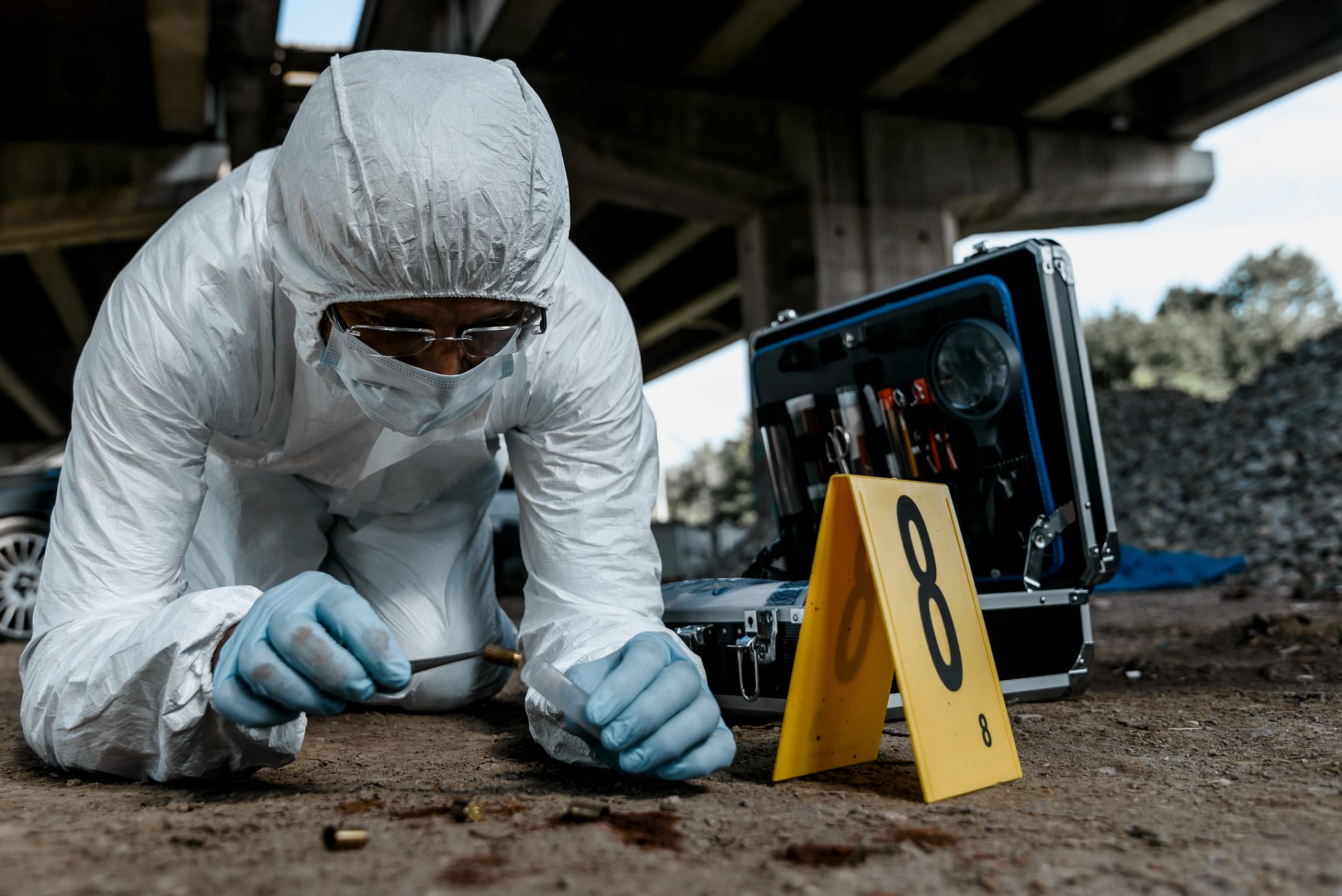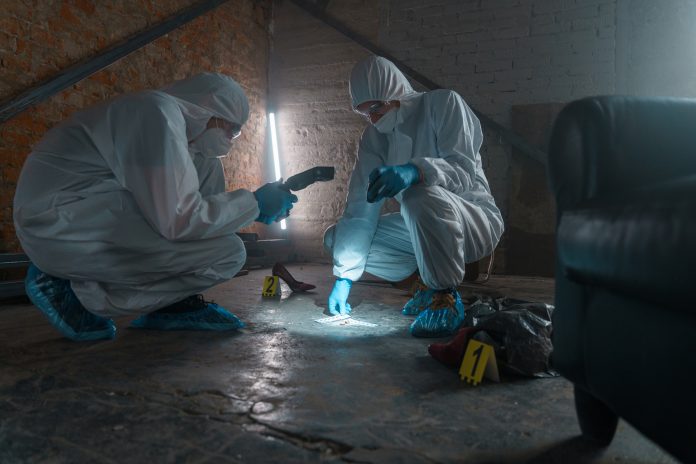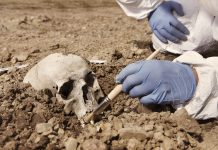West Virginia University forensic scientists have made significant discoveries about how gunshot residue behaves, revolutionising crime scene investigations and forensic analysis
Forensic scientists at West Virginia University (WVU) have achieved groundbreaking results in understanding the behaviour of gunshot residue (GSR), allowing crime scene investigators to adapt to new types of ammunition and make faster, more informed decisions.
The research, led by Tatiana Trejos, an associate professor in the Eberly College of Arts and Sciences Department of Forensic and Investigative Science, provides crucial insights into the analysis of GSR on skin, hair, and fabric.
Understanding the behaviour of gunshot residue
When a gun is fired, the primer produces a cloud of particles containing inorganic compounds and heavy metals like lead, barium, and antimony.
Specific to firearm discharge, these particles remain on the skin upon contact and have been instrumental in firearms-related investigations. Forensic scientists have long recognised the importance of these particles in establishing the presence of GSR at crime scenes.
The challenge of “green” ammunition
However, the landscape has changed with the introduction of eco-friendly ammunition. Modern “green” ammunition is manufactured without heavy metals harmful to the environment and human health.
This poses a challenge for GSR analysis, prompting forensic scientists to look beyond inorganic compounds and explore the role of organic compounds like nitroglycerine, which are also released when a gun fires.
Combining organic and inorganic compounds in forensic analysis
Researchers can achieve more confidence in their results by combining information about organic and inorganic compounds in GSR. Luis Arroyo, an analytical chemist and associate professor, explains that previous scientific groups have emphasised understanding organic gunshot residue better.
The research funded by the National Institute of Justice aims to narrow the knowledge gap and leverage both compound types for more accurate analysis.

Practical applications and future directions
The WVU team conducted experiments to examine how organic and inorganic compounds in GSR differ regarding their persistence on surfaces and their transfer during activities such as running, handshaking, and washing.
The researchers used standardised mixes of particles to accurately replicate real-world gunshot residue, allowing different laboratories to compare results effectively. The team also confirmed that an artificial skin product called Strat-M could be a viable substitute for human skin.
The study revealed that inorganic GSR particles persist longer on surfaces, while organic compounds are more prone to being lost or transferred through everyday activities.
For instance, washing hands with soap and water and drying them with a paper towel can remove traces of inorganic particles, making it challenging for crime scene investigators to identify GSR based on lead, barium, and antimony analysis.
The findings have significant implications for determining the nature of a crime, such as distinguishing between suicide and homicide cases.
Organic compounds, although more likely to be lost from clothing during a struggle, have a lower chance of transferring to others.
In contrast, inorganic particles can move up to 100 times from one person to another during a handshake. However, organic particles evaporate over time from the skin.
Trejos emphasises that the next step is to apply these findings with a recently developed methodology that enables field crime scene investigators to analyse potential GSR immediately.
These advancements aim to provide faster and more informative investigative tools, allowing for more accurate identification of suspects and minimising the risk of false incarcerations.
By revolutionising the analysis of gunshot residue, WVU’s forensic scientists are enhancing the capabilities of forensic science, providing valuable evidence for judges and juries, and ensuring the apprehension of offenders based on solid evidence.
Editor's Recommended Articles
-
Must Read >> An up-to-date review of digital forensic methods














